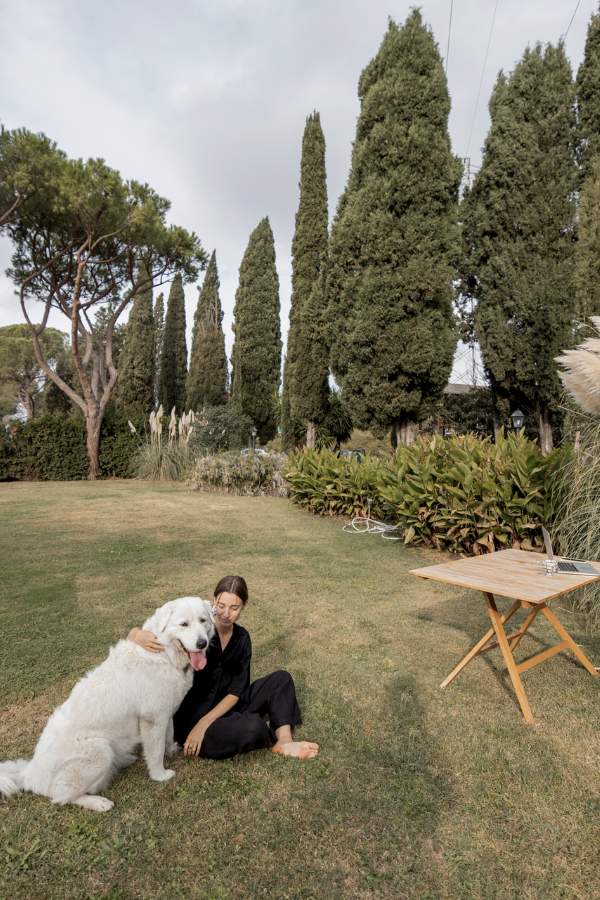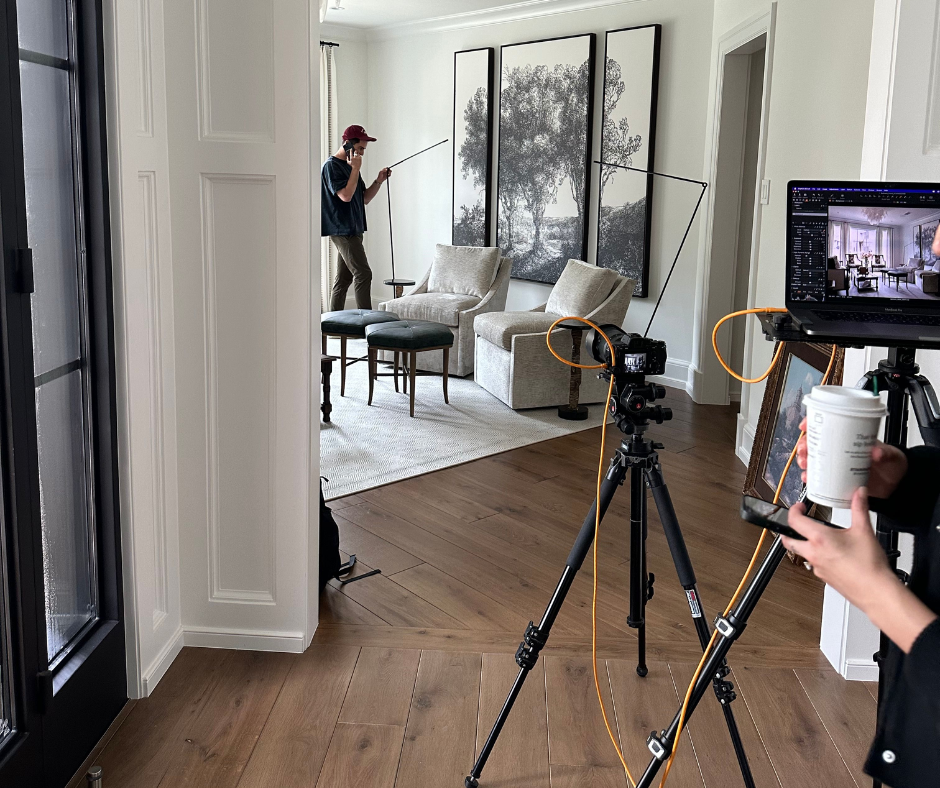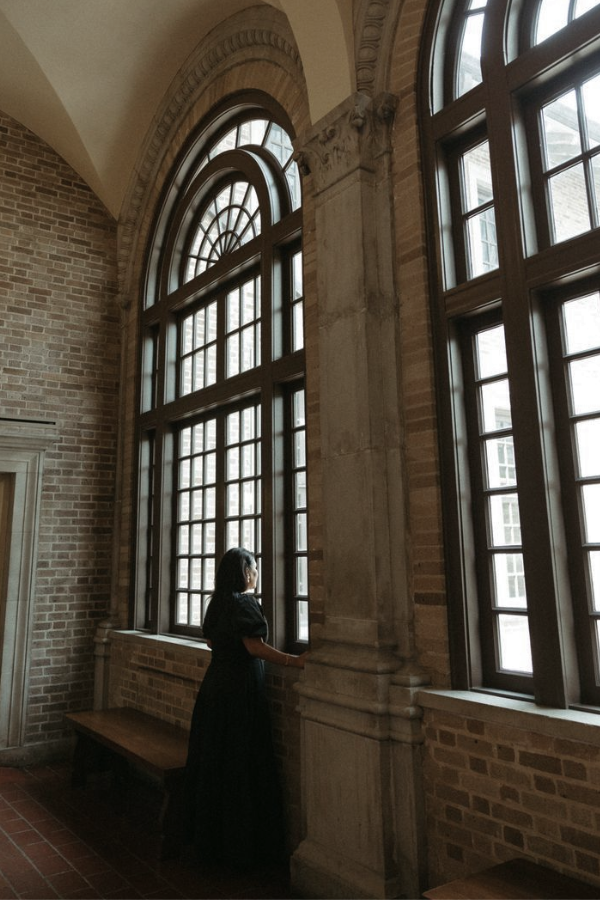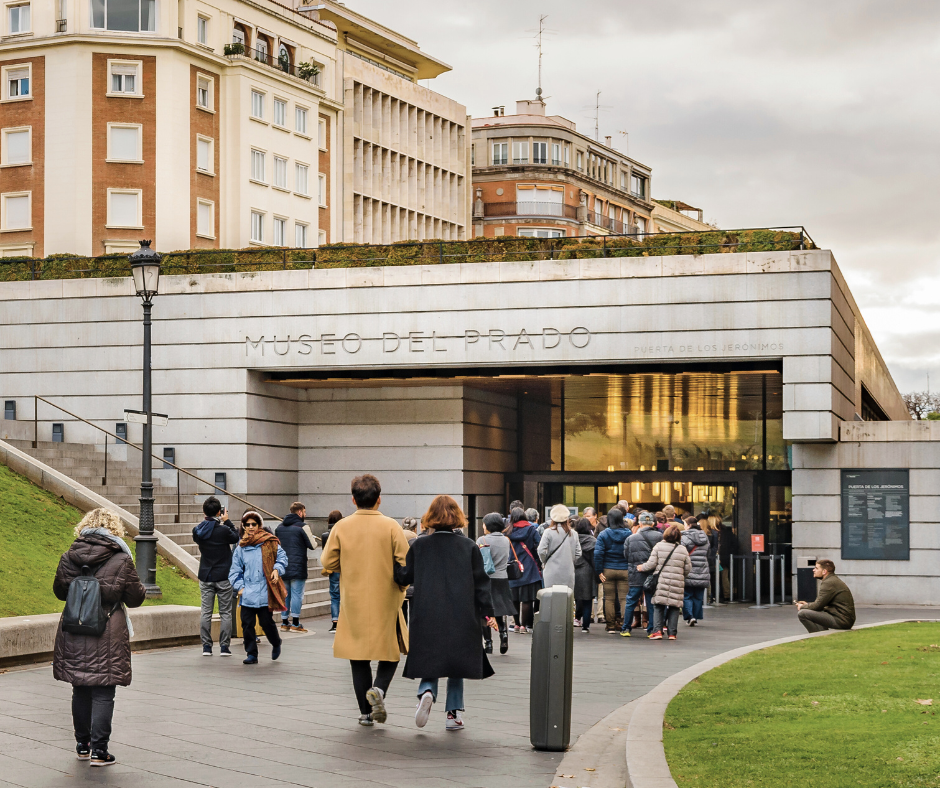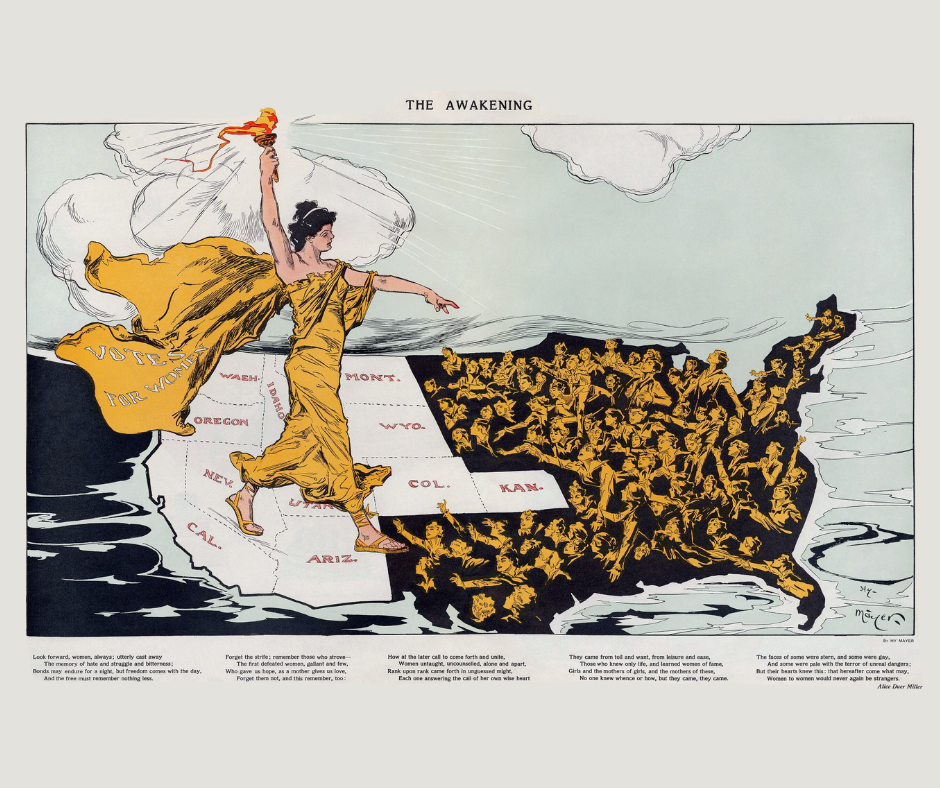
Strategies for Finding New Friends in Midlife
Summary
Reflection Questions
Journal Prompt
Alright, let’s talk about making friends after 40, shall we? Because finding new pals in midlife can feel about as easy as learning to salsa dance while wearing roller skates. Backwards. On a tightrope.
But here’s the thing – it’s not impossible. With the right strategies (and maybe a dash of courage), you can expand your social circle faster than you can say ‘midlife crisis’. Trust me, I’ve been there, done that, and got the t-shirt. Several, actually. Because apparently buying graphic tees is my coping mechanism for life’s challenges.
We’re about to dive into the wild world of friend-making after 40. And who knows? By the end of this article, you might just be ready to trade in those comfy sweatpants for some socializing shoes. (But let’s be real, the sweatpants are probably coming with us. We’re not savages.)
Embracing Awkwardness: Your Ticket to Midlife Friendships
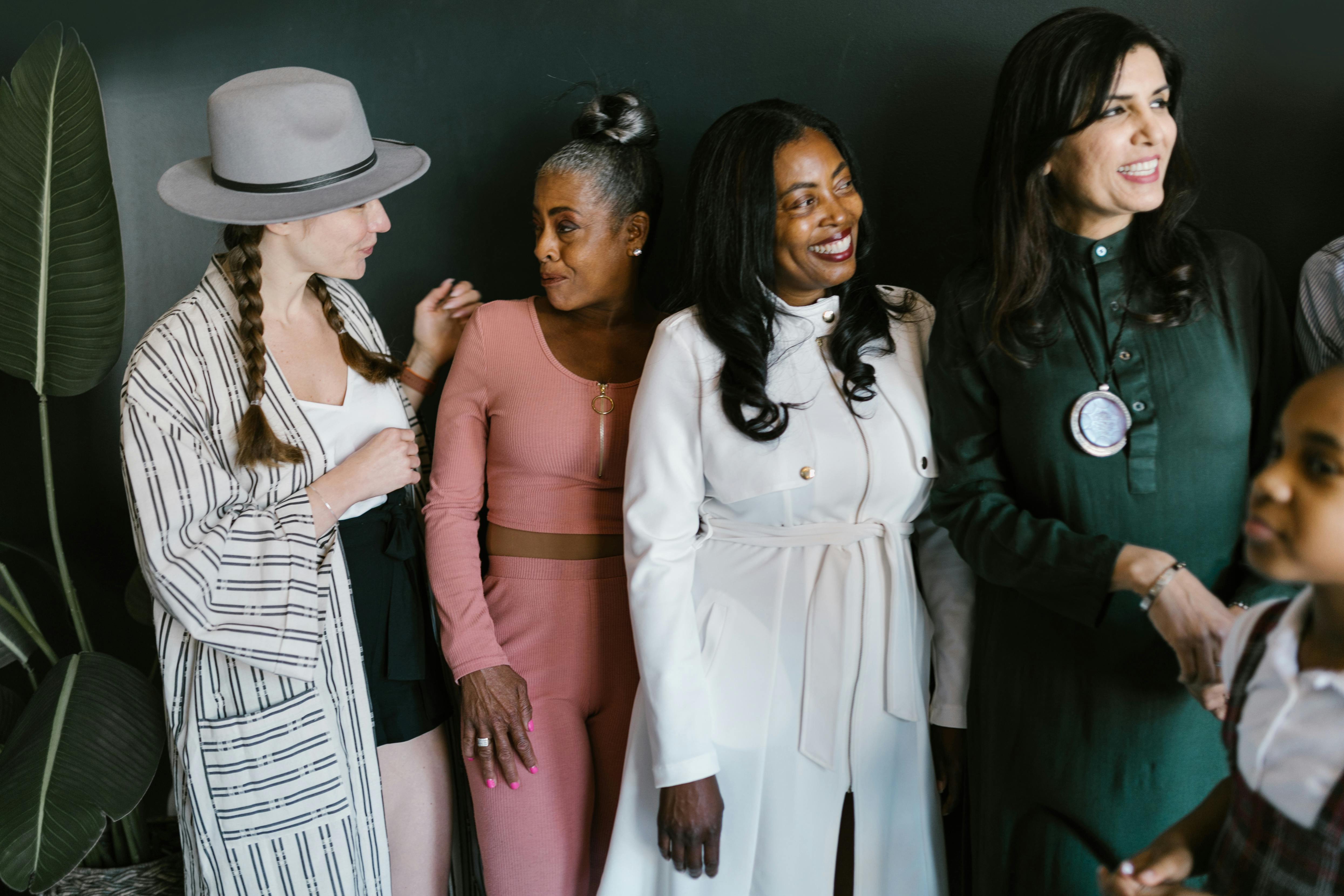
Photo by RDNE Stock project on Pexels.
I’ve been there, standing awkwardly at a community event, desperately trying to look busy on my phone while secretly hoping someone would rescue me from my self-imposed social exile.
The truth is, we’ve all felt that toe-curling embarrassment at some point. It’s like our brains are hardwired to believe we should have this friendship thing figured out by now. Newsflash: we don’t, and that’s perfectly okay!
Here’s a little nugget of wisdom I’ve picked up along the way: that embarrassment you’re feeling? It’s just your inner teenager throwing a tantrum. Time to give her a gentle pat on the head and show her the door. Because here’s the thing – there’s absolutely no reason to feel embarrassed about being lonely or friendless. It’s far more common than we’re led to believe, thanks to the highlight reels we see on social media.
So, how do we kick this embarrassment to the curb and open ourselves up to new connections?
First, let’s acknowledge it. Yes, putting yourself out there feels about as comfortable as wearing Spanx to a buffet. But remember, everyone else at that book club or volunteering gig is probably feeling the same way. We’re all in this awkward, beautiful mess together.
Next, let’s reframe this whole friendship-seeking adventure.
Instead of seeing it as a desperate attempt to fill a void, think of it as a thrilling treasure hunt. You’re not just looking for any old friendship; you’re on a quest to find your people – those kindred spirits who’ll laugh at your terrible puns and join you for spontaneous dance parties in the kitchen.
And hey, if all else fails, remember this: at least you’re not dealing with the embarrassment of having spinach stuck in your teeth all day. Although, come to think of it, that could be a great ice breaker at your next social gathering. “Hi, I have spinach in my teeth and I’m looking for new friends. Want to grab a coffee and a toothpick?”
In all seriousness, overcoming this embarrassment is your golden ticket to a world of new connections. It’s about being brave enough to be vulnerable, to put yourself out there, and to embrace the awkwardness with open arms.
Volunteering: Your Secret Weapon for Friends and Fulfillment
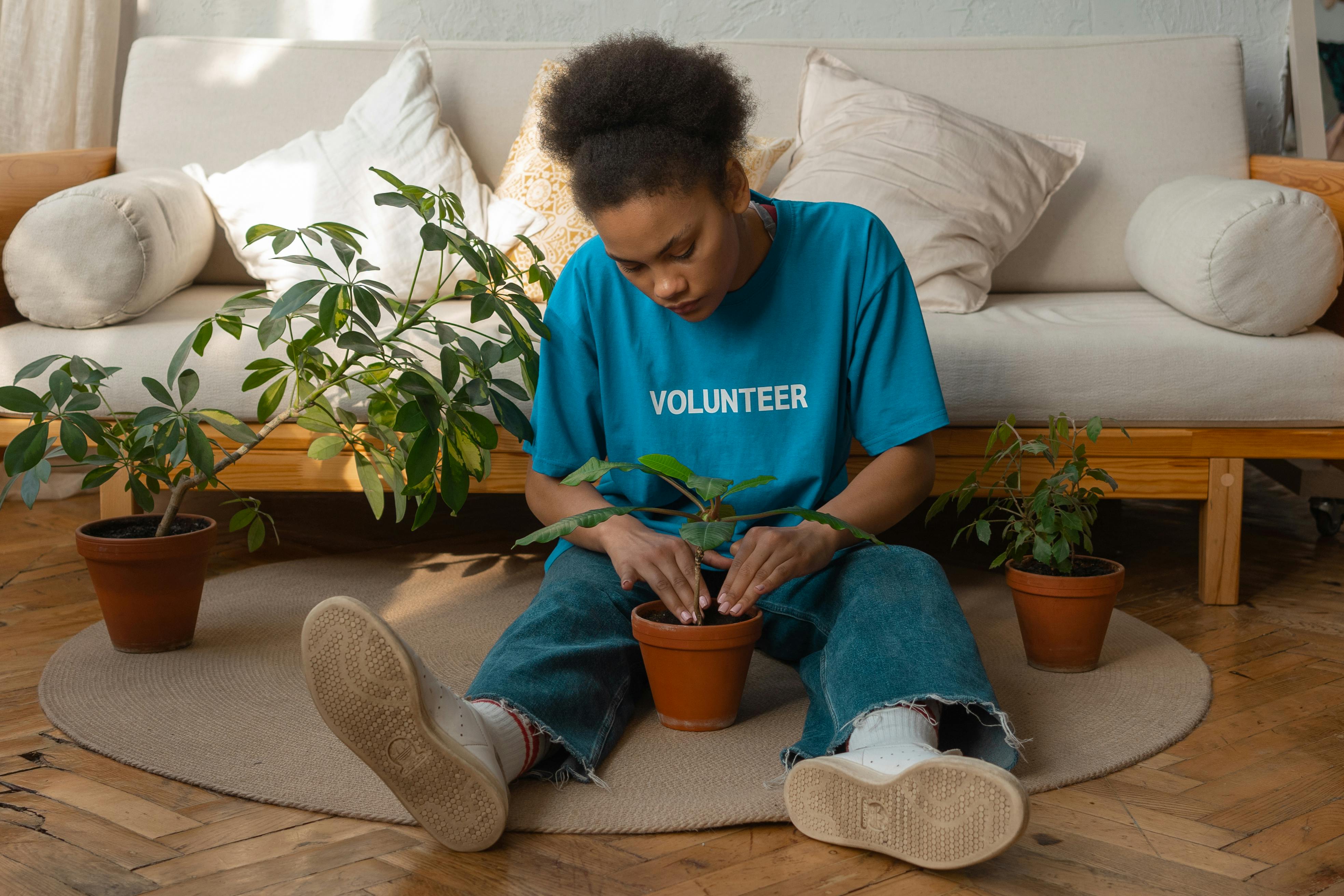
Photo by Mikhail Nilov on Pexels.
You’re in a community garden, dirt under your nails, sweat on your brow, chatting with a stranger about tomato-planting techniques. Suddenly, you realize you’re not just growing veggies – you’re growing connections.
That’s the magic of volunteer work, folks. It’s like a cosmic matchmaker, bringing together people who care about the same things you do.
Here’s the kicker – while you’re out there trying to save the world (or at least your local corner of it), you’re also doing yourself a massive favor. Turns out, volunteering is like a wonder drug for your wellbeing.
Research shows that compared to non-volunteers, those who volunteer have ‘less depression, less anxiety, higher self-esteem, higher life satisfaction, greater happiness and greater sense of meaning in life.’ Talk about a win-win!
| Benefit | Description |
|---|---|
| Reduces Stress | Volunteering encourages physical activity and builds a support network, releasing stress-reducing hormones like oxytocin and progesterone. |
| Combats Depression | Volunteering involves activities that treat depression, such as physical activity and social interaction. |
| Prevents Isolation | Volunteering helps build community and make friends, reducing feelings of loneliness. |
| Increases Confidence | Volunteering boosts self-esteem by allowing individuals to take action and practice advocacy. |
| Provides a Sense of Purpose | Volunteering provides a sense of accomplishment and purpose, especially beneficial for seniors. |
Now, I know what you’re wondering. ‘I barely have time to keep my succulents alive, let alone save the world.’ I hear you. But here’s the thing – volunteering doesn’t have to be a full-time job. Even a few hours a month can make a difference – both to your community and to your own wellbeing. It’s like hitting the gym for your soul.
Spice Up Your Life: The Joy of Joining Classes and Clubs

Photo by Pavel Danilyuk on Pexels.
So you’re passionate about pottery. (I once took a pottery class and ended up with what can only be described as a ‘unique’ ashtray – but that’s a story for another time.) You sign up for a local pottery class, and suddenly you’re surrounded by fellow clay enthusiasts. It’s like magic, but instead of pulling rabbits out of hats, you’re pulling friendships out of shared interests!
These interest-based gatherings are gold mines for connection.
You’re not just learning a new skill or indulging in a beloved pastime; you’re also meeting people who get your obsession with glazes or your excitement over a perfectly symmetrical bowl. It’s like finding your people, but with the added bonus of creating something cool in the process.
And let’s be real – making friends as an adult can sometimes feel harder than nailing a soufflé on your first try. (Spoiler alert: I’ve never successfully made a soufflé, but I imagine it’s pretty tricky.)
Classes and clubs take that awkwardness and toss it out the window. You already have a built-in conversation starter: ‘So, what made you want to learn interpretive dance/join this book club/start building miniature railways?’
The beauty of these groups is that they cater to all levels of interest and expertise. Whether you’re a newbie just dipping your toes into watercolor painting or a seasoned pro looking to connect with other enthusiasts, there’s likely a class or club out there for you. It’s like a buffet of potential friendships, all centered around something you love.
So, my dear readers, I challenge you: Take that leap. Join that quirky club you’ve been eyeing. Sign up for that class you’ve been curious about. Who knows? You might just find your new best friend, or at the very least, have a hilarious story to tell about your attempt at mastering the ukulele. (Speaking from experience here – turns out, I’m more of a tambourine gal.)
Building Connections with Acquaintances: From Small Talk to Real Talk

Photo by Marcus Aurelius on Pexels.
Now, I’ll be the first to admit that the thought of actively trying to make new friends as an adult makes me want to crawl under my desk and hide. It’s like we’ve forgotten how to do it since our playground days of ‘wanna be best friends?’ But here’s the thing – expanding our social circle doesn’t have to be as daunting as public speaking or figuring out cryptocurrency. In fact, it can be downright rewarding (and dare I say, fun?).
So how do we go about transforming these acquaintances into actual friends? Well, buckle up buttercup, because I’ve got some tips that’ll make you a friend-making pro in no time:
1. Take it beyond the usual context:
According to research by My CV Creator, one of the first steps in deepening a relationship is moving beyond the initial context where you met someone. So, invite that work colleague for coffee on the weekend, or suggest grabbing a smoothie with your yoga buddy after class. It’s time to see each other in a new light, preferably one that doesn’t involve fluorescent office lighting or sweaty yoga mats.
2. Find common ground:
Nothing bonds people quite like shared interests or experiences. Maybe you and Karen from accounting both have an unhealthy obsession with true crime podcasts, or you and Dave from yoga are both secret Trekkies. Whatever it is, finding that common thread can be the start of something beautiful (or at least, less awkward).
3. Be genuinely interested:
Remember, everyone has a story. Ask questions, listen actively, and show that you’re genuinely interested in getting to know them. And no, asking about the weather doesn’t count (unless you’re both meteorology enthusiasts, in which case, nerd away).
4. Be yourself:
I know, I know, it sounds like something straight out of a cheesy self-help book. But hear me out – authenticity is key in building real connections. Don’t try to be someone you’re not just to impress. If they don’t appreciate your dad jokes or your encyclopedic knowledge of 90s boy bands, then maybe they’re not friend material after all.
5. Follow up:
Did Karen mention she had a big presentation coming up? Ask her how it went. Did Dave talk about a new restaurant he wanted to try? Suggest going there together. Showing that you remember and care about what’s going on in their lives goes a long way in building a genuine connection.
Remember, Rome wasn’t built in a day, and neither are friendships. It takes time, effort, and maybe a few awkward moments (like that time I tried to high-five someone going for a handshake – pro tip: don’t do that). But the payoff of turning those casual acquaintances into real friends? Absolutely worth it.
Fostering a Social Habit
A cozy moment shared between friends at a cafe, capturing a blend of food and technology. Photo by Edmond Dantès on Pexels.
Oh, sweethearts, let’s talk about turning our awkward turtle selves into social butterflies, shall we? As someone who once considered ‘Netflix and chill’ a party of one, I’ve learned that developing a social habit is less about becoming an extrovert extraordinaire and more about making tiny, consistent steps towards human connection.
Here’s the tea: regular interactions are the secret sauce to expanding our social circles. It’s like working out, but for your social muscles. And trust me, those muscles can get just as sore, especially if you’re rusty!
So, how do we make socializing as natural as reaching for that morning coffee? It’s all about creating little routines that gently nudge us out of our comfort zones.
Try this: Next time you’re at your local coffee shop, instead of mumbling your order while avoiding eye contact, look at your barista’s name tag and use their name. ‘Thanks for the latte, Sarah!’ It’s a tiny interaction, but it’s a start. Before you know it, you’ll be chatting about Sarah’s dog and swapping Netflix recommendations.
Another trick? Set a ‘social quota’ for the week. Maybe it’s texting one friend you haven’t spoken to in a while, or commenting on someone’s social media post with more than just an emoji. (Although that fire emoji does speak volumes sometimes, doesn’t it?)
Remember, darlings, we’re not aiming for world domination here. We’re just trying to make socializing feel less like a chore and more like a natural part of our day. It’s about progress, not perfection.
And hey, if all else fails, there’s always the tried-and-true method of bribing people with baked goods. Nothing says ‘let’s be friends’ like a homemade chocolate chip cookie. Just don’t burn them like I did last week. Turns out, charcoal isn’t the new flavor trend I thought it was.
So, let’s raise our slightly awkward hands and pledge to make socializing a habit. Who’s with me? (Don’t worry, I can’t actually see you through the screen. Your secret is safe with me.)
Embracing New Connections: A Midlife Adventure in Friendship
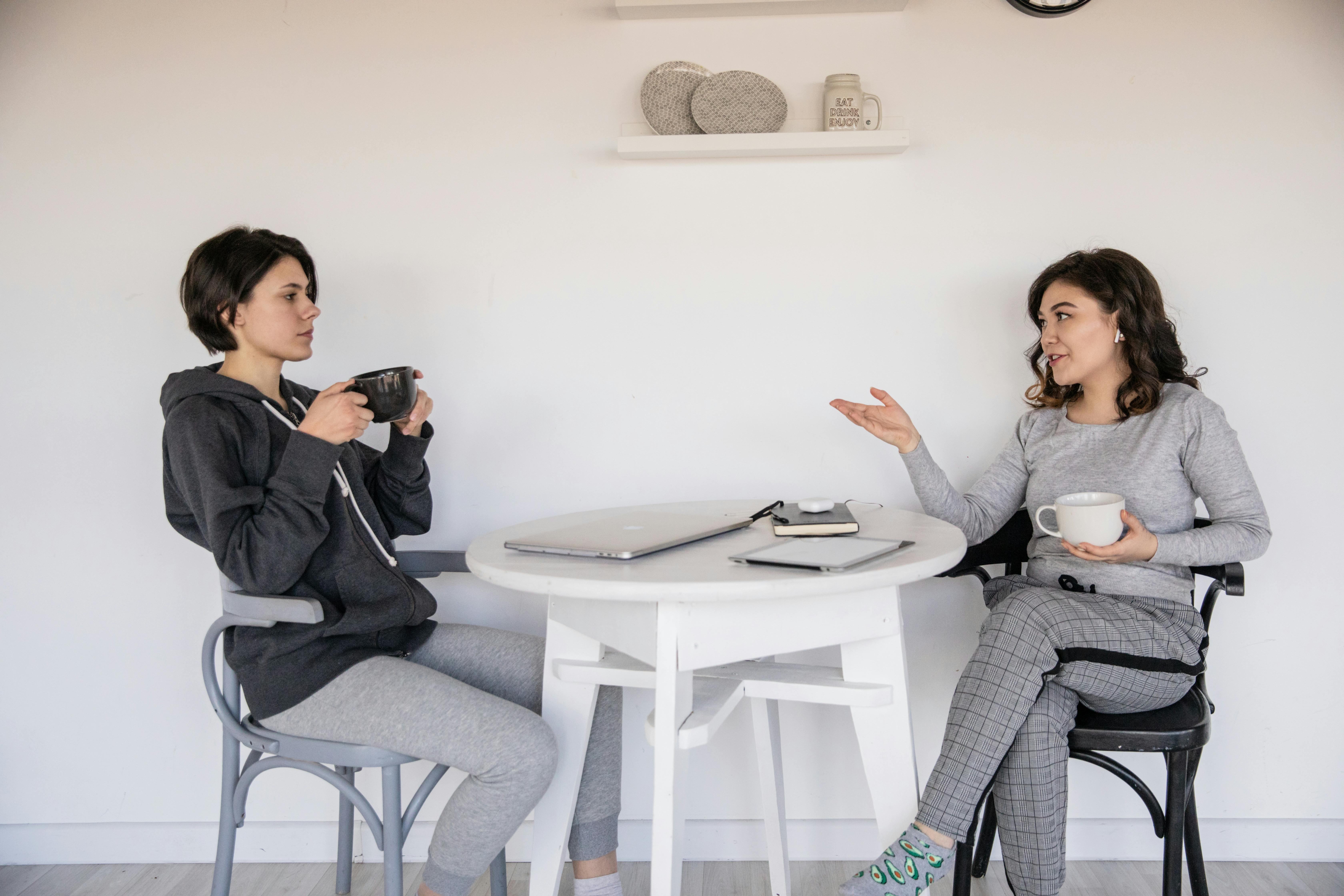
Photo by KATRIN BOLOVTSOVA on Pexels.
Well, darlings, we’ve reached the end of our little tête-à-tête on midlife friendships, and what a journey it’s been! Who knew that making friends in our 40s and beyond could be such a delightful rollercoaster ride?
As we’ve discovered, forging new connections at this stage of life isn’t just about having someone to share a bottle of wine with (though let’s be honest, that’s a pretty fabulous perk). It’s about enriching our lives, boosting our well-being, and rediscovering parts of ourselves we may have forgotten along the way.
Remember those structured approaches we talked about? They’re your secret weapons in the friendship battlefield. Whether it’s joining a local volunteering gig, diving into a new hobby, or simply striking up a conversation with that intriguing person at your local café, each step is a potential pathway to a beautiful new relationship.
But here’s the kicker, my friends: it’s not just about following a checklist. It’s about opening your heart, embracing vulnerability, and being willing to put yourself out there.
Yes, it might feel a bit awkward at first (like trying to dance the Macarena at your niece’s wedding), but trust me, the payoff is worth it.



